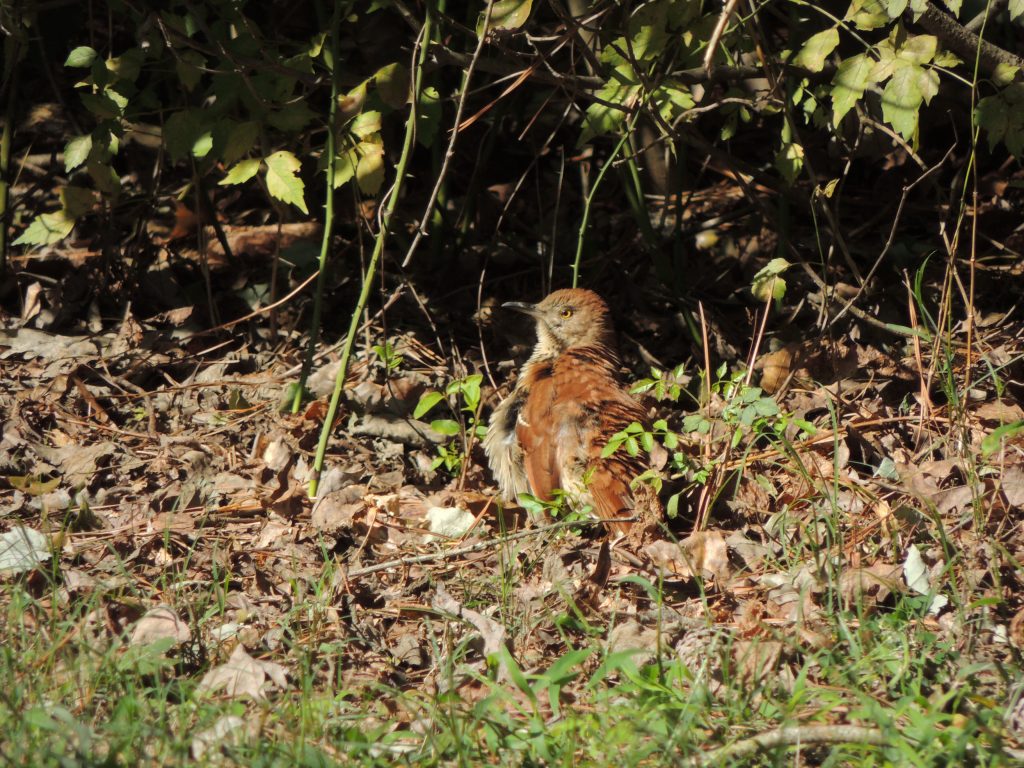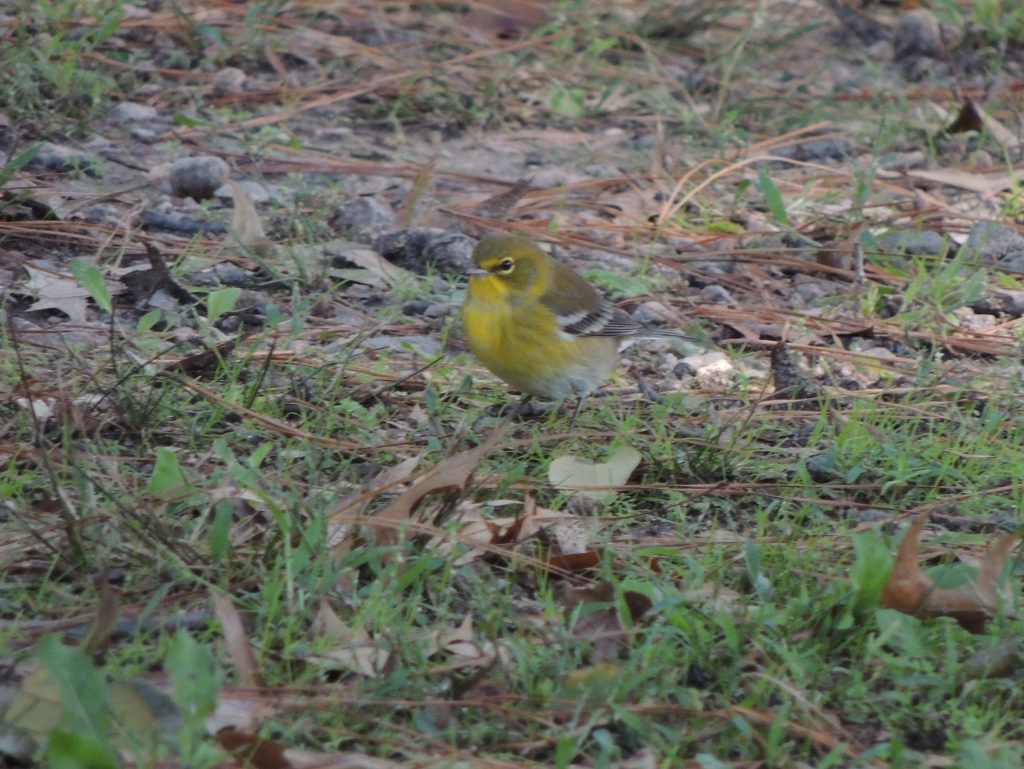October 12 2016. Chickahominy River, Virginia. Summer weather lingers longer in Virginia. As I write this the eastern extremities of the state are licking their wounds after a weekend’s battering and drenching by the late Hurricane Matthew. There’s lots of tree debris lying around and all waterways remain brimful, but with Matthew’s departure the days are once again sunny and warm. I like the feel of Virginia, it has a mild, perhaps warm climate; pleasant most of the time with just a little snow and admittedly the odd hurricane. Coastal Virginia is braided and laced with tidal inlets and the towering vine-entangled forests of oak, maple and pine seem to lean poised to reclaim any open areas given half a chance.
While my companions immersed themselves in pre and post colonial studies I took the morning to explore the wooded shoreline of the James River. There are many commonplace species here which are considered at least remarkable when they occur in Ontario, in that category I saw many Tufted Titmouse, Black Vultures and Fish Crows. And somehow there just seem to be more watchable birds around. The Carolina Chickadee is common here, it is almost identical to our familiar Black-capped Chickadee and really only distinguishable by voice.
And funny how the run of the mill can seem somehow special in a new setting, my head was turned by a low flying, adult Bald Eagle, a trio of noisy Yellow-bellied Sapsuckers, a nervous, tree-bound Turkey Vulture, A noisy Brown Thrasher, a trio of Yellow-bellied Sapsuckers, and many wheeling Chimney Swifts.

Birds of the Day (species anyway) were Pine Warblers. It may be an over-simplification but it’s my experience that in Ontario we hear many more Pine Warblers than we see; their soft trill is a characteristic summer sound from high in mature pine forests. Here they were quite low down associating with, and behaving like, Eastern Bluebirds, watching from a lookout somewhere a few feet over a rough pasture and then flitting down to seize a meal.
I was quite struck by how startling yellow these birds were because as warblers go, Pine Warblers aren’t particularly eye-popping, a study in niceness rather than splendour.
